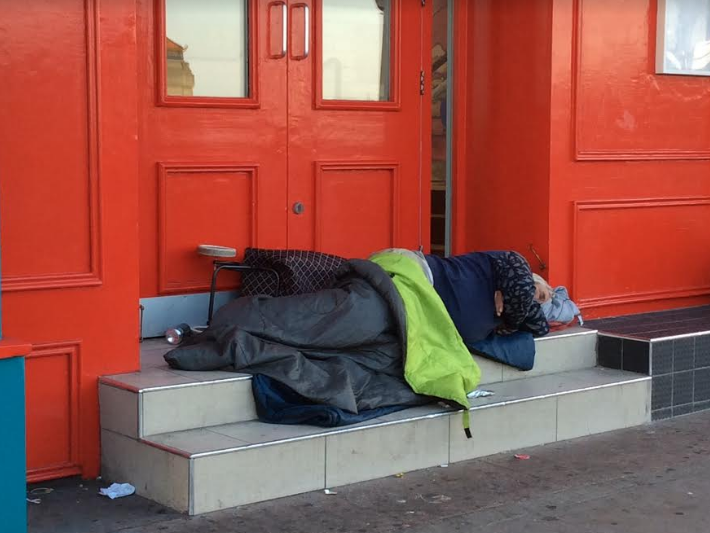Official rough sleeper numbers are still causing controversy at Brighton and Hove City Council.
Conservative councillor Robert Nemeth officially asked the Neighbourhoods, Inclusion, Communities and Equalities Committee for data to make a “meaningful comparison” of rough sleeper numbers.
Labour councillor Emma Daniel, who chairs the committee, said that the annual official rough sleeper count and regular seasonal snapshots provided the council with the information that it needed.
The controversy flowed from changes to the method used to count rough sleepers in Brighton and Hove when details emerged publicly last month.
The council said that it had followed guidance from the Ministry of Housing, Communities and Local Government in returning to the method that it previously used.
This involved an official count on one day – Wednesday 21 November – after three years of relying on local experts to come up with best estimates.
Councillor Nemeth previously criticised the latest count for showing a fall to 64 rough sleepers – on a cold night when it was snowing – down from an estimate of 178 a year earlier.
A separate rough sleeper count in September by the council’s outreach service St Mungo’s recorded 78 rough sleepers.
Councillor Daniel said: “We use this data to continue to design more effective services for rough sleepers.
“The figures are triangulated to make sure there is an accurate picture of rough sleeping.
“I can understand the concern with the numbers using the government methodology if we were saying this is the only number.
“We are not and we have not. We are saying this is now approved by the government.”
She said that the council had increased the number of times when the Severe Weather Emergency Protocol (SWEP) night shelter was open.
Councillor Nemeth said that the council had issued a statement saying that the 2018 results showed a “significant drop” from 178 in 2017.
Outside the meeting at Hove Town Hall yesterday (Monday 21 January) he said: “My question gave the Labour administration a perfect opportunity to clarify that an error, deliberate or otherwise, had been made in their representation of rough-sleeping numbers.
“Rather than drawing a line under the matter by providing basic clarification, the concerns of rough-sleeping campaigners were swept under the carpet and no apology was made.
“As such, the official investigation will continue and the campaigners’ own count will go ahead.”









The change of method without allowing for a clear comparison (at least for the first year of the change) and the appearance of not being open and transparent hardly inspires confidence.